
Two Easy Ways to Start Avocado Trees From Seed
More Like This
Hi Anita,
It is certainly possible for an avocado grown from seed to produce fruit, but it is not a guarantee. For better results and for the plant to be true to what you want, it is more advantageous to purchase a grafted seedling.
Avocados grown from seeds can take up to 13 years to produce fruit. It can happen much sooner, but you should be aware that it will take time for it to get to the stage of producing fruit, if it gets to that point of producing fruit at all.
Hi Patrick,
This sounds like a frustrating result after what looked like a promising sign of an avocado crop. But don't be discouraged. Avocados grown from seeds can take up to 13 years to produce fruit. It can happen sooner, but it is a crop that requires some patience. With that being said, there are a few factors that can prevent flowers from turning into fruit. One is fertilization and maintaining a regular schedule.
Another has to do with the flowers and their pollination. Avocados have a unique flowering behavior called ‘protogynous dichogamy,' which means that the tree has both functional male and female organs in each flower. Avocado flowering patterns are divided into two groups: “A” and “B” type flowers. Over a 2-day period, A types open first as a female before closing and then reopening as a male. B type flowers are opposite. One way to help with pollination is to have another avocado tree nearby to increase the amount of pollen available to be transferred to female flowers when they are open.
Avocado trees have the ability to self-pollinate as well, but it can take time for it to happen.
Hope this helps!
Hi SoJourner,
Thanks for your question. It is hard to know if your avocado pit will ever produce a stem. Typically, a stem will begin to emerge soon after the roots appear at the bottom of the pit. Depending on how long the roots have been out, it may or may not produce a stem. You can wait another week or two to see if there is any sign of a stem. If nothing appears, it is not likely that a stem will emerge and you can discard the pit and try again.
If your pit does produce a stem, you will want to pinch off any initial leaves that appear as this will encourage your plant to grow a stronger stem and well-established root system. Eventually you will want to plant your avocado in a pot filled with potting soil (see above for more instructions).
- « Previous
- 1
- 2
- …
- 10
- Next »

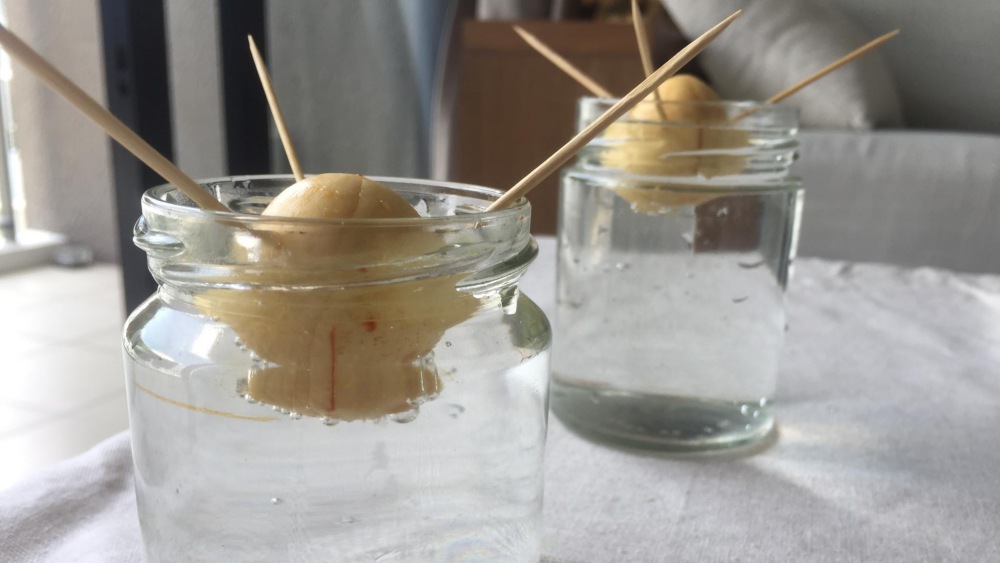
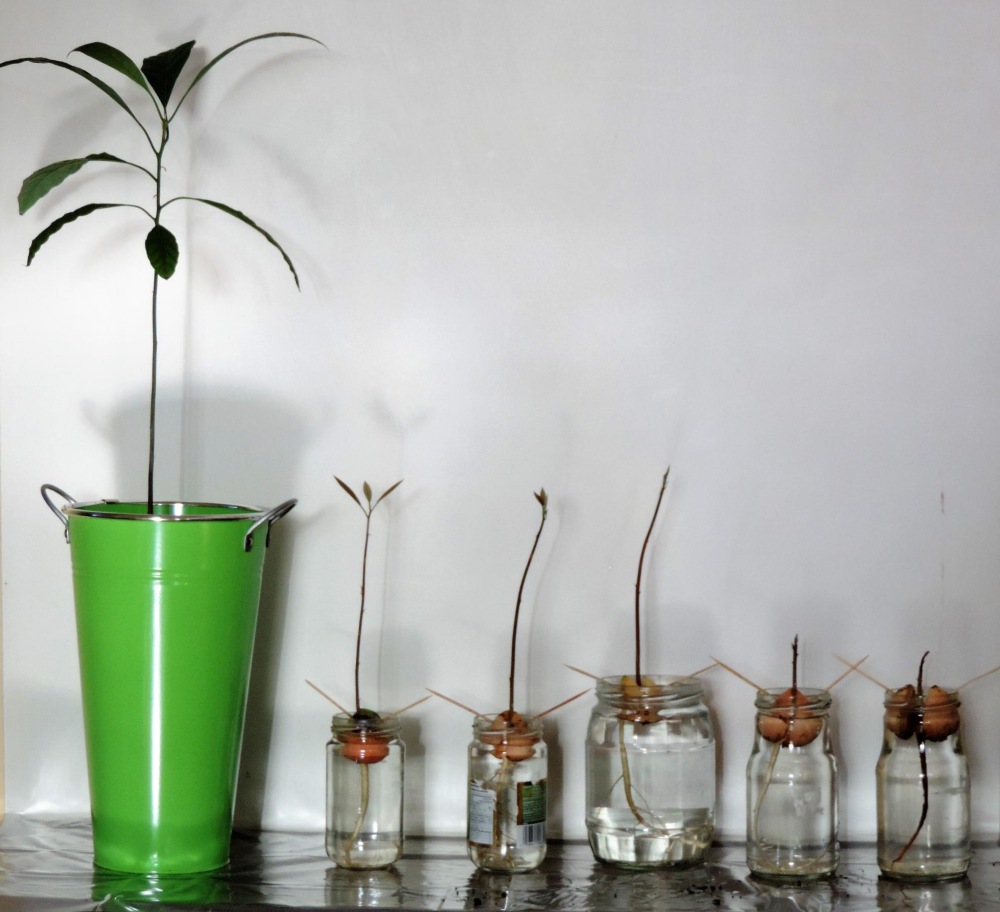
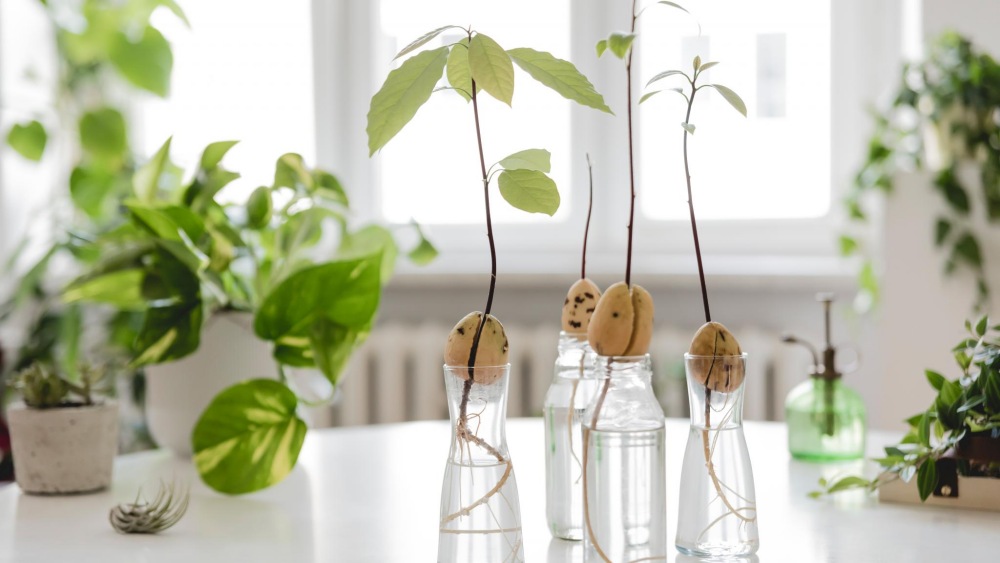
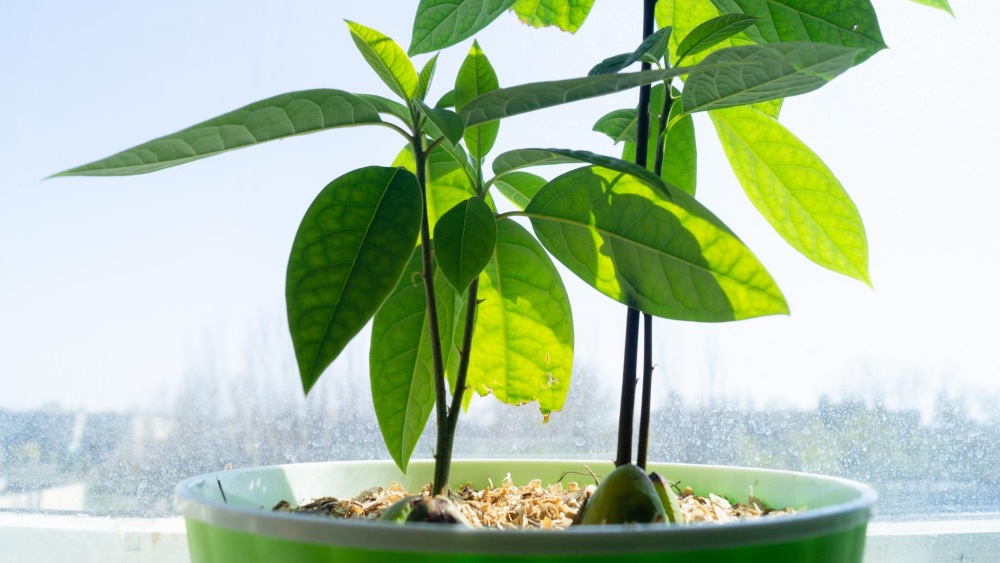
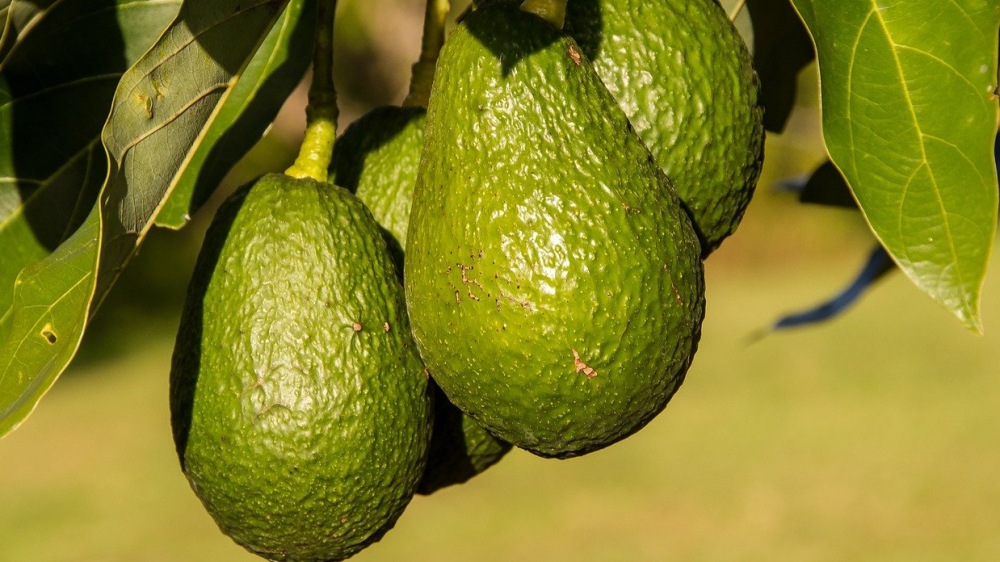
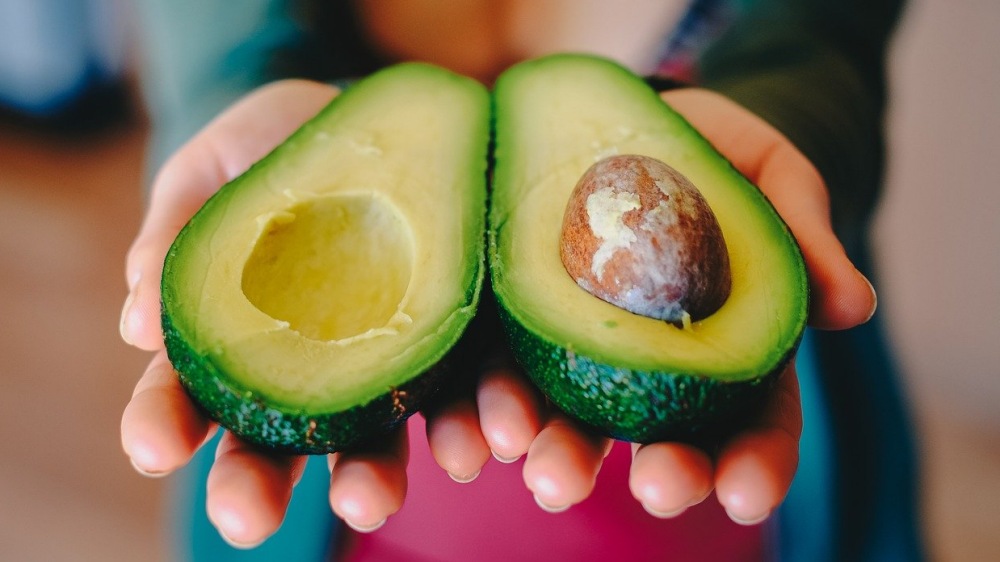









Comments